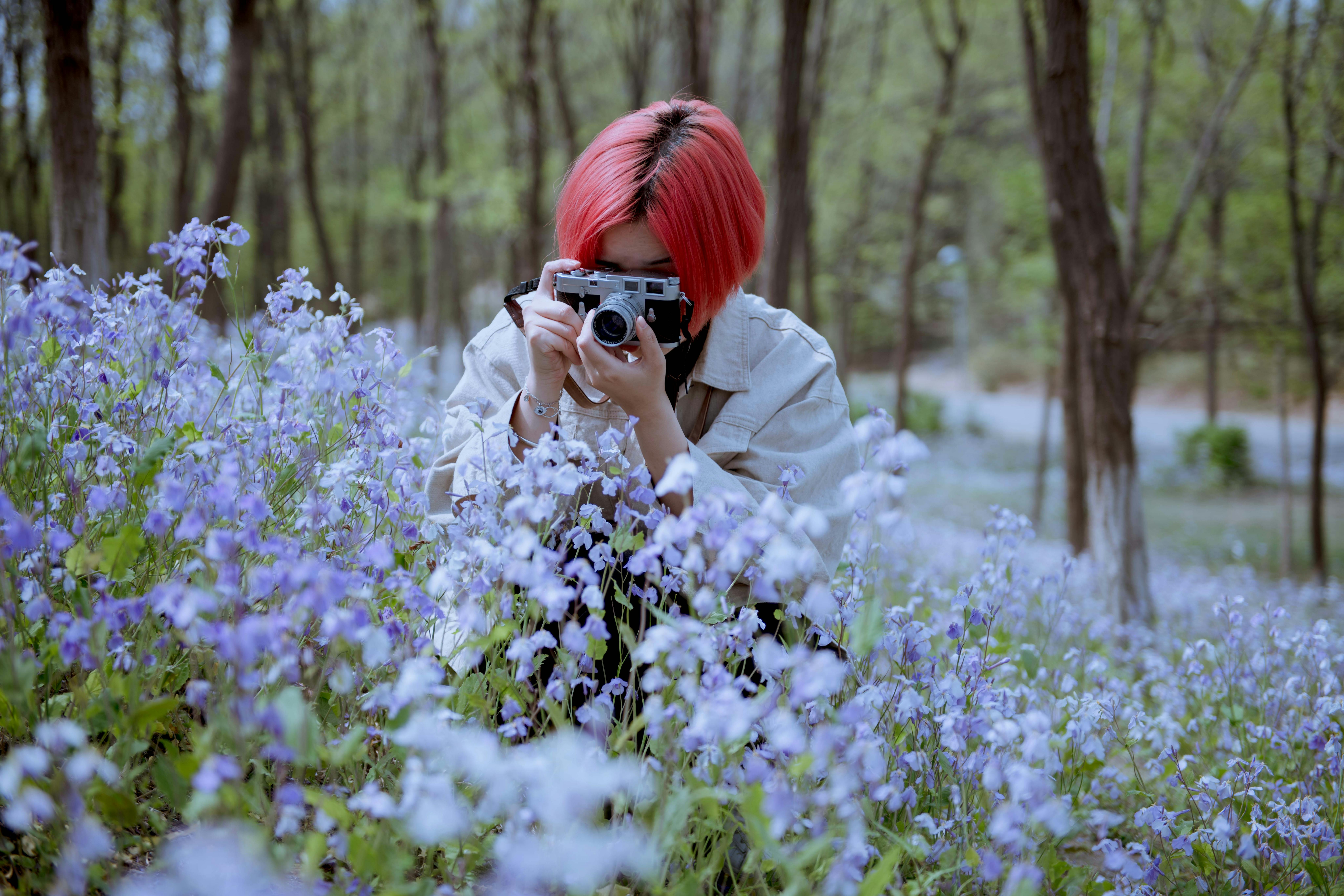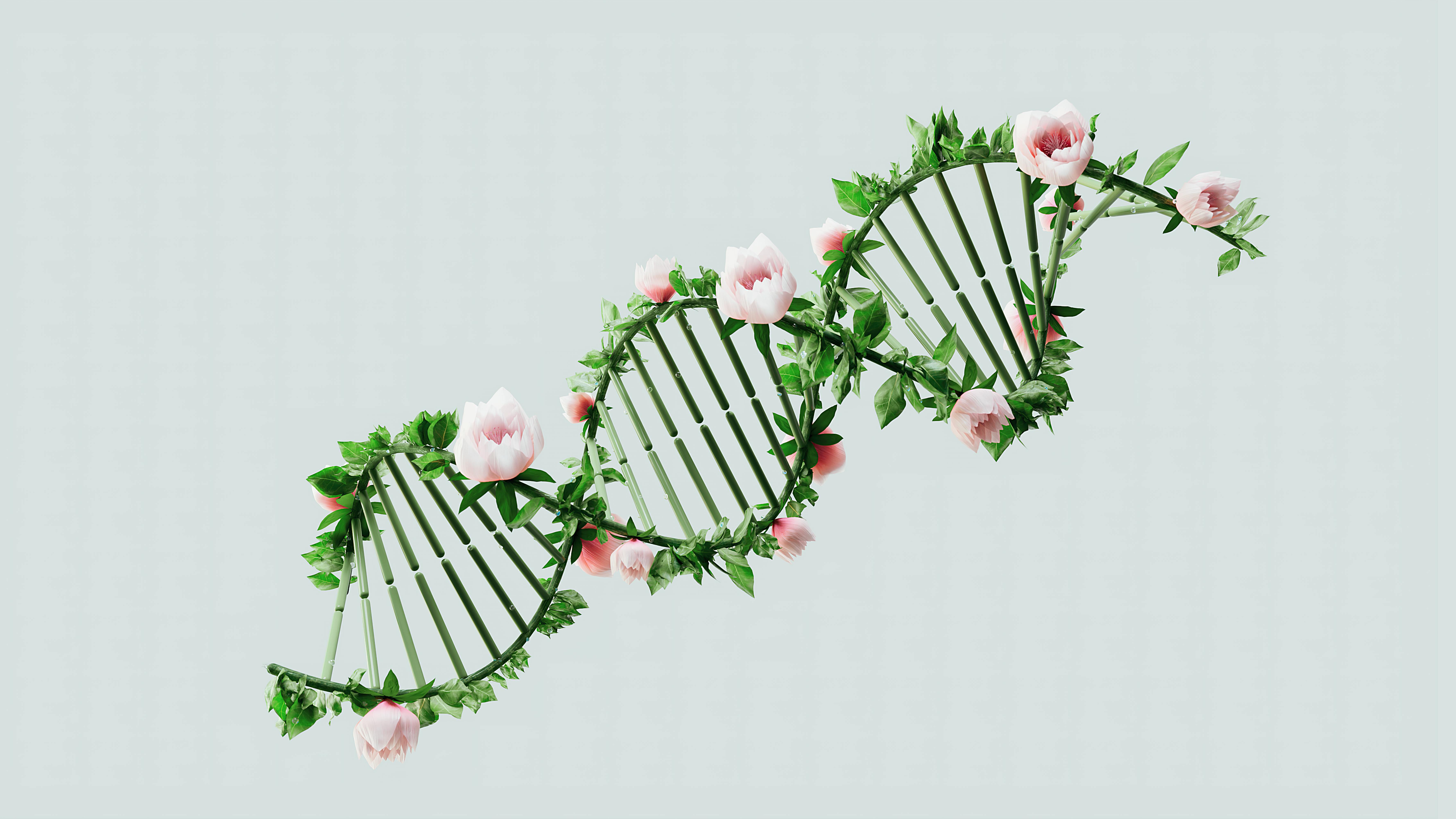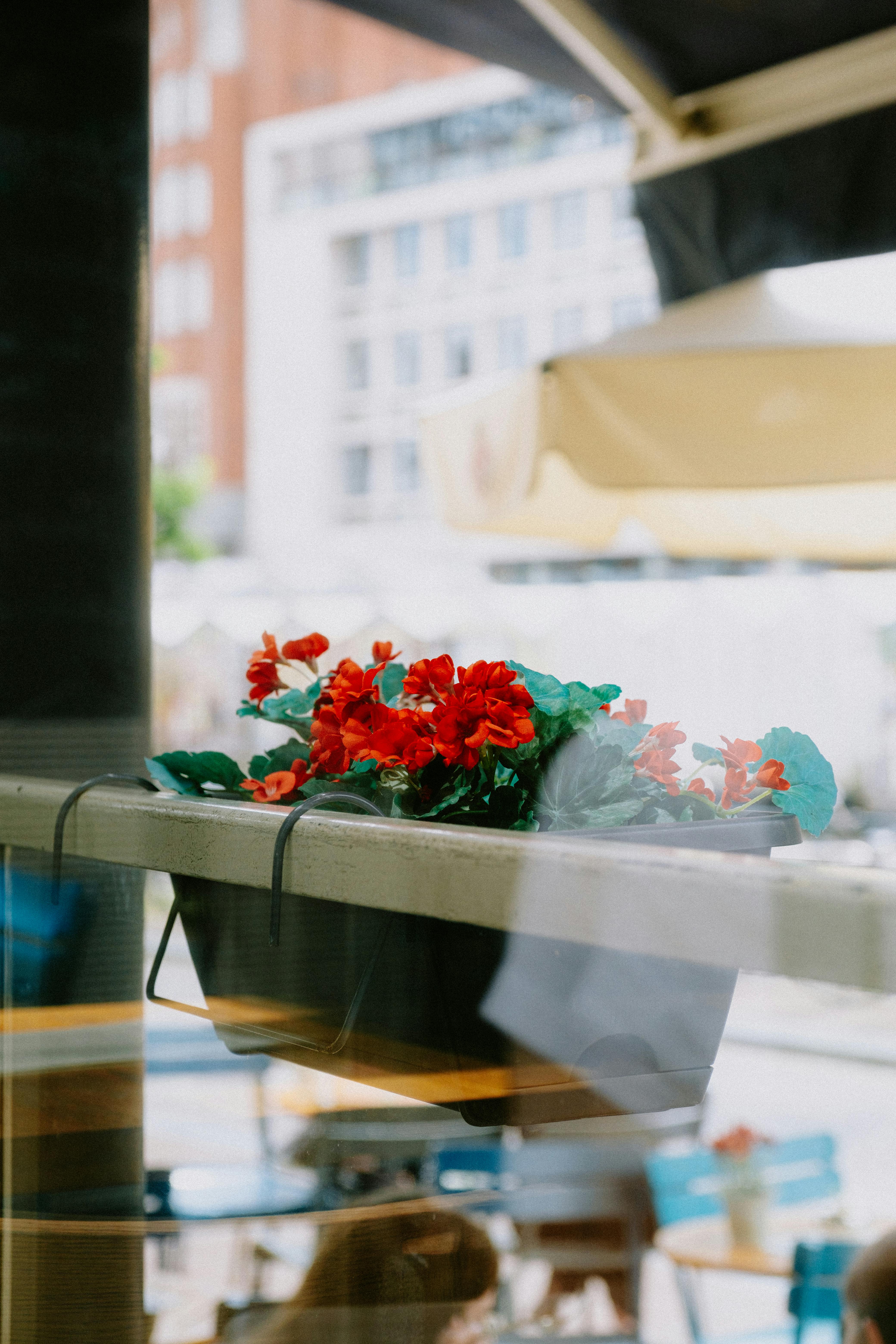
You stroll through the garden center, marveling at the vibrant array of flowers in bloom. As you peruse the rows, your eyes are captivated by a sight that stands out among the rest – hyacinth bulbs planted in a basket. The delicate blooms, nestled in a charming wicker container, exude an irresistible charm. In this article, we will explore the beauty and allure of hyacinth bulbs planted in a basket, uncovering their benefits, care instructions, and creative ways to incorporate them into your own gardening endeavors. Get ready to be enchanted by the enchanting world of hyacinth bulbs!

Understanding Hyacinth Bulbs
Hyacinth bulbs are beautiful flowering plants that add a touch of elegance and fragrance to any garden or indoor space. These bulbs are native to the Eastern Mediterranean and were first cultivated in ancient Persia. The popularity of hyacinth bulbs spread throughout Europe during the 16th century and they are now cherished by gardeners all over the world.
Origins of the Hyacinth Bulb
The hyacinth bulb, scientifically known as Hyacinthus orientalis, is a member of the Asparagaceae family. It is believed to have originated from the eastern Mediterranean region, particularly Turkey and Iran. Cultivation of hyacinth bulbs for ornamental purposes began in Persia and eventually spread to other parts of Europe.
Different Types of Hyacinth Bulbs
Hyacinth bulbs come in a variety of colors, allowing you to choose the perfect shade to complement your garden or home decor. Some common types of hyacinth bulbs include the ‘Pink Pearl’ with its delicate pink petals, the ‘Woodstock’ with its deep purple blooms, and the ‘Blue Jacket’ with its vibrant blue flowers. Each type of hyacinth bulb offers its own unique beauty and charm.
Preparations Before Planting Hyacinth Bulbs in a Basket
Planting hyacinth bulbs in a basket requires careful preparation to ensure the bulbs thrive and produce beautiful flowers. Here are some essential steps to take before planting:
Choosing the Right Basket
When selecting a basket for planting hyacinth bulbs, opt for one that is spacious enough to accommodate the bulbs comfortably. Make sure the basket has drainage holes to prevent waterlogging and root rot. Additionally, choose a basket made of natural materials such as wicker or rattan for aesthetic appeal.
Creating Optimum Soil Conditions
Hyacinth bulbs require well-draining soil to prevent moisture retention, which can cause bulb rot. Prepare the soil mix by combining equal parts of potting soil, perlite, and compost. This will provide a balanced nutrient content and excellent drainage.
Setting the Right Environment
Before planting hyacinth bulbs in a basket, choose a suitable location that receives ample sunlight. Hyacinths thrive in full sun or partial shade, so find a spot that meets these requirements. It is also important to ensure the temperature remains cool and consistent throughout the growing period for optimal bulb development.

The Best Time to Plant Hyacinth Bulbs
Timing is crucial when it comes to planting hyacinth bulbs. The success of the bulbs’ growth and flowering largely depends on the season and climate. Here are some factors to consider when determining the best time to plant hyacinth bulbs:
Considering the Planting Calendar
Hyacinth bulbs are typically planted in the fall, before the ground freezes. This allows the bulbs to establish their root systems and prepare for spring blooming. However, if you live in a region with mild winters, you can also plant hyacinth bulbs in early spring for a later blooming period.
The Impact of Climate and Seasons on Hyacinths
The climate of your region plays a significant role in determining the ideal planting time for hyacinth bulbs. In areas with harsh winters, it is best to plant the bulbs before the ground freezes. On the other hand, in regions with mild winters, planting in early spring may be more suitable. Consider your local climate and average temperatures when planning the planting time.
Determining the Perfect Timing
To determine the best timing for planting hyacinth bulbs, take into consideration the average first frost date in your region. Plant the bulbs about 6-8 weeks before the first frost to ensure they have enough time to establish their roots. This will allow them to survive the winter and bloom beautifully in the spring.
Step-by-Step Process of Planting Hyacinth Bulbs in a Basket
Now that you have prepared the necessary materials and determined the best time to plant, follow this step-by-step process for successful planting of hyacinth bulbs in a basket:
Arranging the Bulbs in the Basket
Start by placing a layer of soil mixture at the bottom of the basket. Gently arrange the hyacinth bulbs on top of the soil, leaving some space between each bulb to allow room for growth. Place larger bulbs at the center and smaller bulbs towards the perimeter of the basket for an attractive arrangement.
Covering the Bulbs with Compost
Once the bulbs are arranged, cover them with a layer of compost, ensuring all bulbs are fully covered. The compost provides essential nutrients and helps retain moisture, promoting healthy growth and blooming.
Proper Watering Technique
After covering the bulbs, water the basket thoroughly. Ensure the water reaches all parts of the soil. Hyacinth bulbs require moist soil during their growth period, but it is crucial to prevent waterlogging. Check the soil moisture regularly and water only when the top inch of the soil feels dry.
Placement Tips After Planting
Once the bulbs are planted and watered, place the basket in a location that receives adequate sunlight or partial shade. Avoid exposing the basket to extreme heat or cold to prevent damage to the bulbs. Aim for a cool and consistent temperature throughout the growing period.

Growth and Care of Planted Hyacinth Bulbs
After planting hyacinth bulbs in a basket, proper care is necessary to ensure their healthy growth and longevity. Here are some essential steps to follow:
The Growth Cycle of Hyacinth Bulbs
After planting, hyacinth bulbs go through a growth cycle that includes root development, foliage emergence, and flowering. The initial stage involves the establishment of the root system, followed by the emergence of lush green foliage. Finally, the bulbs produce beautiful flowers in various colors during the flowering stage.
Essential Care Steps After Planting
To promote healthy growth, water the bulbs regularly but avoid overwatering to prevent rotting. Additionally, remove any weeds that may compete for nutrients and space. Lightly fertilize the bulbs with a balanced bulb fertilizer once the foliage emerges to provide extra nutrients for optimal growth.
Dealing with Potential Pests and Diseases
While hyacinth bulbs are relatively resistant to pests and diseases, they can still be affected by certain problems. Keep an eye out for common pests such as aphids or slugs, which can damage the foliage and flowers. Fungal diseases like botrytis blight can also occur in humid conditions. If any issues are detected, promptly treat them with appropriate organic or chemical remedies.
Maintaining Optimum Health of The Hyacinth Plant
To ensure the optimum health and vigor of your hyacinth plant, pay attention to its basic needs. Here are some key factors to consider:
Watering Schedule and Techniques
Hyacinths require regular watering to maintain healthy growth. Water them deeply once a week, ensuring the soil is evenly moist. Avoid overwatering, as this can lead to bulb rot. Be mindful of dry spells and increase watering frequency during those periods.
Fertilizing the Hyacinth
To provide the necessary nutrients for growth, fertilize hyacinths with a balanced bulb fertilizer in early spring, after the foliage emerges. Follow the package instructions for application rates and frequency. Over-fertilization can lead to excessive foliage growth and reduced flower production, so be cautious not to overdo it.
Sunlight and Temperature Requirements
Hyacinth bulbs perform best when exposed to ample sunlight or partial shade. Choose a location that receives at least 4-6 hours of direct sunlight per day. This will ensure proper photosynthesis and the development of strong blooms. Additionally, aim for a temperature range between 50 and 60°F (10-15°C) during the growing period for optimal growth and flowering.

The Flowering Stage of The Hyacinth Bulbs
The flowering stage is the most anticipated phase of hyacinth bulb cultivation. Here’s what you need to know to enjoy a spectacular display of blooms:
Identifying the Flowering Stage
The flowering stage of hyacinth bulbs is easily recognizable by the emergence of vibrant, fragrant flowers from the center of the foliage. The flowers may appear in various colors, depending on the type of hyacinth bulb planted.
Boosting Flowering
To enhance flowering, it is essential to provide optimal growing conditions. Ensure the hyacinth bulbs receive sufficient sunlight, as this is crucial for flower development. Additionally, continue to water the plant regularly and maintain a consistent temperature range within the recommended limits.
Caring for the Flowers
During the flowering stage, it is important to care for the flowers to prolong their lifespan. Remove any faded or wilted flowers, a process known as deadheading. This will encourage the plant to put its energy into producing new blooms. Let the green foliage remain until it turns yellow, as this signals the bulbs are absorbing nutrients for the next growing season.
Aftercare and Preparing for the Next Season
Taking proper care of hyacinth bulbs after flowering ensures their health and vitality for the following year. Here are some aftercare tasks to consider:
Deadheading Used Flowers
After the flowers have faded, it is important to remove them through deadheading. This process prevents the plant from diverting energy into seed production and encourages the growth of new flowers. Simply snip off the faded flowers at the base, being careful not to damage the foliage or emerging bulbs.
Preparing The Basket for Next Season
In preparation for the next growing season, ensure the basket is clean and free from any debris. Remove any weeds or dead plants that may be present. If necessary, replant new bulbs to refresh the basket for the following year’s display of hyacinth blooms.
Storing The Bulbs For Winter
If you live in a region with harsh winters, it is necessary to store the bulbs indoors to protect them from frost damage. After the foliage turns yellow, carefully dig out the bulbs from the basket, being cautious not to damage them. Clean off any excess soil and store the bulbs in a cool, dry place until the next planting season.
Common Troubleshooting and Solutions
Despite your best efforts, hyacinth bulbs may occasionally face certain issues. Here are some common problems and their solutions:
Dealing with Poor Flowering
If your hyacinth bulbs are not flowering as expected, it could be due to insufficient sunlight, improper watering, or inadequate nutrients. Ensure the bulbs receive enough sunlight, adjust the watering schedule if necessary, and consider fertilizing with a bulb-specific fertilizer to provide the required nutrients.
Addressing Common Diseases
Hyacinth bulbs can be susceptible to fungal diseases such as botrytis blight, which causes grayish-brown spots on the foliage and flowers. To prevent and manage such diseases, ensure good air circulation around the plants, remove any infected foliage promptly, and consider applying a fungicidal spray if necessary.
Fixing Growth Problems
If your hyacinth bulbs are not growing or producing foliage, it could be due to poor soil conditions, excessive watering, or insufficient sunlight. Check the soil moisture levels, adjust watering accordingly, and consider amending the soil with organic matter to improve its quality. Also, ensure the bulbs receive adequate sunlight for growth.
Dealing with Common Pests
Common pests that may attack hyacinth bulbs include aphids, slugs, and snails. To deter these pests, introduce natural predators such as ladybugs or use organic pest control methods. Regularly inspect the plants for any signs of infestation and promptly address the issue to prevent further damage.
Benefits and Uses of Hyacinth Plants
Apart from their beauty and fragrance, hyacinth plants offer several benefits and find various uses. Here are some notable advantages:
Medicinal Uses
Hyacinth bulbs have been used in traditional medicine for their healing properties. The bulbs contain compounds that have been found to have analgesic and anti-inflammatory effects. They are also believed to possess antibacterial properties. However, it is important to consult a healthcare professional before utilizing hyacinth bulbs for medicinal purposes.
Aesthetic Value and Uses in Landscaping
Hyacinth plants add a touch of elegance and color to any garden or landscape. They can be planted in beds, borders, or containers, providing a stunning display of blooms. Hyacinth bulbs are also popular choices for forcing, where they are specially cultivated for indoor displays during winter or early spring.
Scent and Uses in Perfumery
The fragrance of hyacinth flowers is highly sought after in the perfume industry. The distinct floral scent adds a unique note to perfumes and scented products. The extraction of essential oils from hyacinth flowers is a common practice, and these oils are used in perfumes, candles, and other fragrant products.
In conclusion, hyacinth bulbs are a delightful addition to any garden or indoor space. By understanding their origins, proper planting techniques, care requirements, and potential uses, you can enjoy the beauty and fragrance of these stunning flowers. With a little love and attention, your hyacinth bulbs will reward you with vibrant blooms year after year. Happy gardening!
